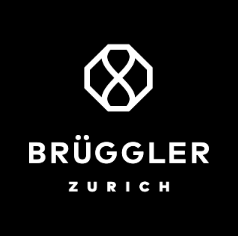Valuations in the independent wealth management space are evolving rapidly. Despite sound fundamentals, many Swiss firms still trade at a discount. Meanwhile, their US peers continue to attract higher valuations thanks to scale, structure, and perceived growth readiness.
What explains the gap?
✔ US firms often present scalable, technology-driven models with clean fee structures and more substantial operating leverage.
✔ Private equity interest in the US continues to fuel competition and elevate deal multiples.
✔ In Switzerland, transactions remain mostly peer-to-peer — conservative valuations, fewer strategic buyers, and limited scale premium.
Still, the most significant valuation pressures often come from within:
🔍 An ageing client base without generational transition plans.
🔍 Key-person risk concentrated in senior relationship managers.
🔍 Limited use of digital tools, automation, and CRM systems.
These issues reduce future revenue visibility and clarity of succession. Acquirers price in that risk — often through discounts, earn-outs or reduced headline multiples.
In contrast, firms that offer recurring income, operational maturity, and succession readiness are increasingly attracting attention, even in a cautious market.
Swiss firms don’t need to replicate the US model. However, they must align with how buyers assess value, specifically in terms of scale, transferability, and post-deal sustainability.
Because a valuation is never just about assets under management — it’s about confidence in the future of the business.
If a sale, merger or transition is on the horizon, the time to prepare is before valuation meets due diligence.
Quelle: LinkedIn




